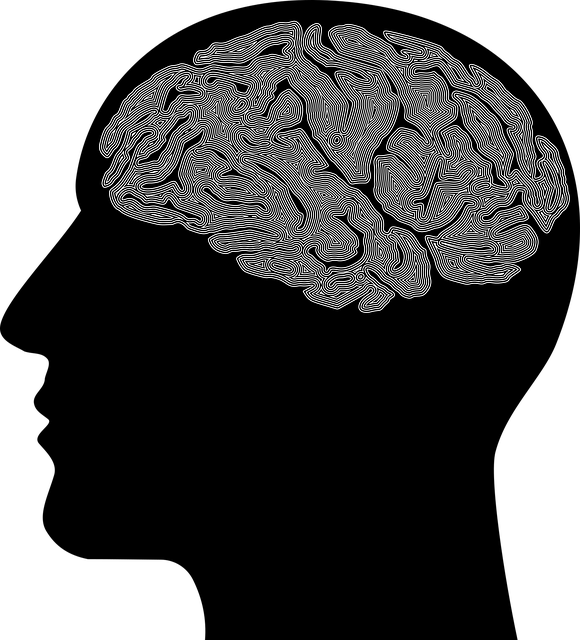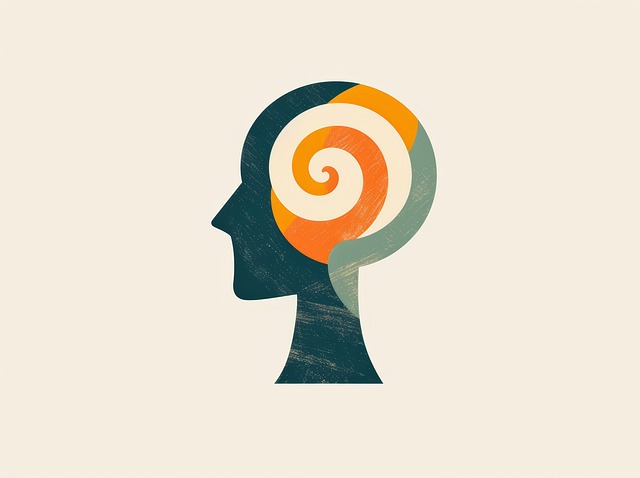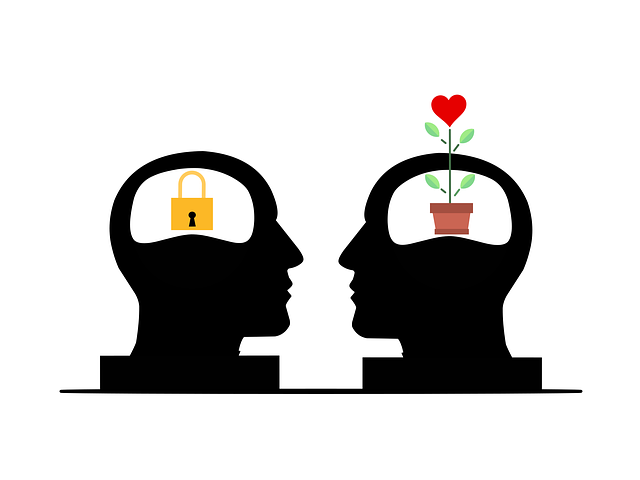Emotion regulation is a critical aspect of therapy for adolescent teens, addressing neurological changes and rapid personal growth. Therapists create safe spaces through compassion cultivation practices, teaching effective techniques to manage stress, anger, and sadness. By employing active listening, open-ended questions, cognitive reframing, and mindfulness, therapists-clinicians empower teens with self-awareness, coping mechanisms, and resilience, ultimately boosting their overall well-being. Tailored interventions like CBT, mindfulness exercises, and trauma support services, combined with consistent self-care routines, reduce mental illness stigma and improve outcomes in therapy for adolescent teens and therapy for therapists-clinicians alike.
Emotion regulation techniques are a cornerstone of effective therapy for adolescent teens, empowering them to navigate their feelings in healthy and constructive ways. This article delves into the essential role of emotion regulation in adolescent mental health, providing therapists-clinicians with practical tools to support young clients. We explore implementation strategies and highlight the significant impact these techniques can have on improving therapeutic outcomes for this vulnerable population.
- Understanding Emotion Regulation: A Cornerstone of Therapy for Adolescent Teens
- Practical Techniques: Equipping Therapists-Clinicians with Effective Tools
- Implementation and Impact: Strategies for Success in Therapy for Adolescent Teens
Understanding Emotion Regulation: A Cornerstone of Therapy for Adolescent Teens

Emotion regulation is a cornerstone of therapy for adolescent teens, equipping them with vital coping skills to navigate life’s challenges. For therapists and clinicians working with this demographic, understanding the nuances of teenage emotional development is essential. Adolescents often struggle with intense emotions due to neurological changes and rapid personal growth, making it crucial for therapy to address these unique needs.
By integrating compassion cultivation practices into sessions, therapists can foster a safe and supportive environment. This not only enhances the therapeutic relationship but also teaches teens valuable emotion regulation techniques. Additionally, burnout prevention strategies for healthcare providers are essential in this context, as supporting vulnerable young individuals can be emotionally demanding. Through effective coping skills development, therapists enable adolescents to better manage stress, anger, or sadness, ultimately contributing to improved mental well-being and resilience.
Practical Techniques: Equipping Therapists-Clinicians with Effective Tools

Teaching emotion regulation techniques is a powerful tool for therapists and clinicians working with adolescent teens. By equipping them with practical strategies, professionals can significantly enhance their ability to support young individuals navigating emotional challenges. These skills are essential in therapy for adolescent teens, as they foster self-awareness, coping mechanisms, and resilience.
Effective communication strategies play a pivotal role in this process. Therapists-clinicians can guide teens towards identifying and expressing emotions healthily by employing active listening, open-ended questions, and reflective techniques. Encouraging positive thinking through cognitive reframing and mindfulness practices also reduces the impact of mental illness stigma reduction efforts. By integrating these practical tools into therapy sessions, professionals create a safe space for adolescents to explore and manage their emotions, ultimately promoting their overall well-being.
Implementation and Impact: Strategies for Success in Therapy for Adolescent Teens

Implementing effective emotion regulation techniques in therapy for adolescent teens requires a tailored approach that addresses their unique needs and challenges. Therapists-clinicians should employ strategies that foster self-awareness, provide coping mechanisms, and cultivate resilience. By integrating evidence-based practices such as cognitive behavioral therapy (CBT), mindfulness exercises, and trauma support services, mental illness stigma reduction efforts can significantly impact positive outcomes. Encouraging adolescents to develop a consistent self-care routine enhances their ability to navigate emotional stressors, ultimately promoting better mental health.
Successful therapy for adolescent teens involves creating a safe, non-judgmental space where they feel empowered to explore and express their emotions. Therapists should model healthy coping strategies, offer practical tools, and provide ongoing support. Incorporating activities that encourage reflection, such as journaling or creative expression, can further strengthen emotional regulation skills. By combining these techniques with tailored interventions, therapists-clinicians can effectively guide adolescents towards better managing their emotions and enhancing overall well-being.
Emotion regulation techniques offer a powerful toolset for therapists working with adolescent teens. By equipping clinicians with practical methods, we can significantly enhance the impact of therapy and improve outcomes for this vulnerable population. Implementing these strategies requires dedication and adaptability, but the potential to foster resilience and emotional well-being in young people is immense. For therapists-clinicians, integrating emotion regulation techniques into their practice not only benefits their clients but also enriches their professional journey.











